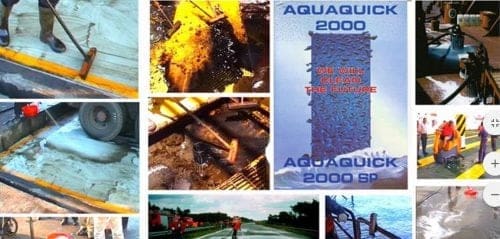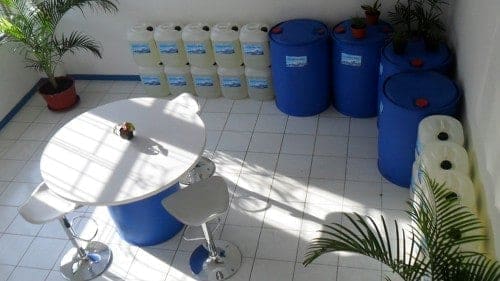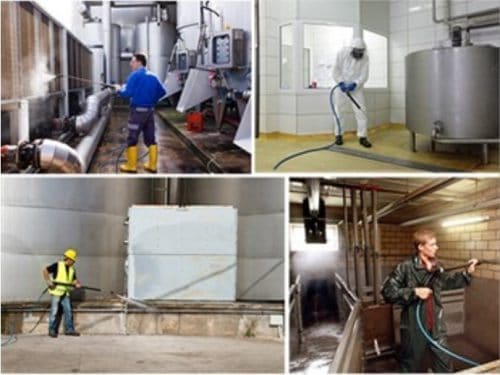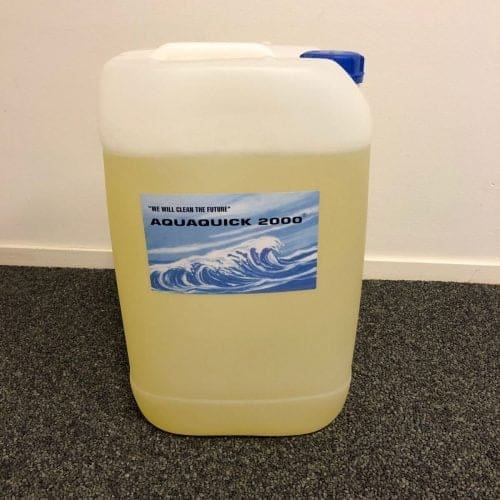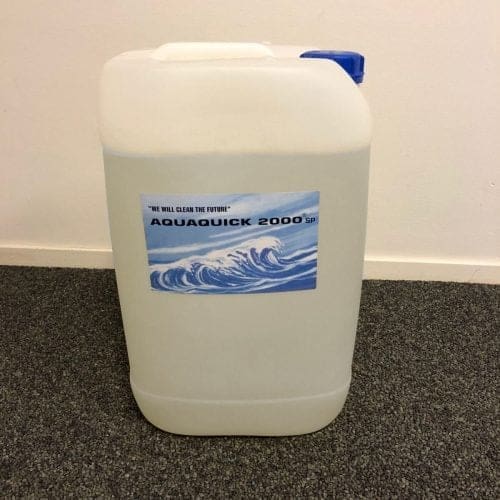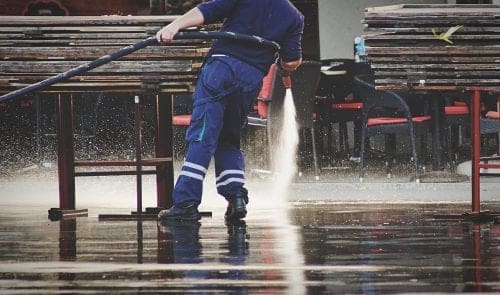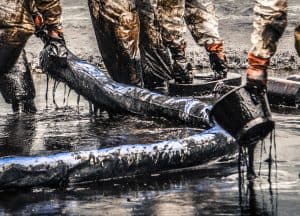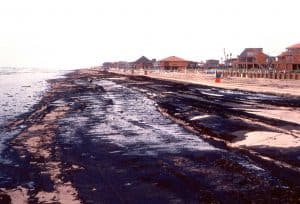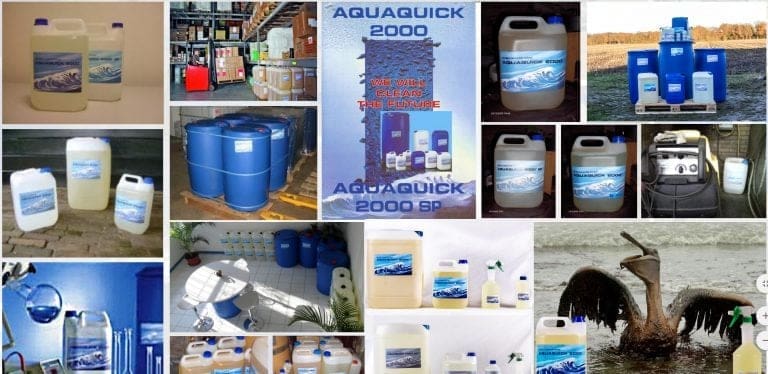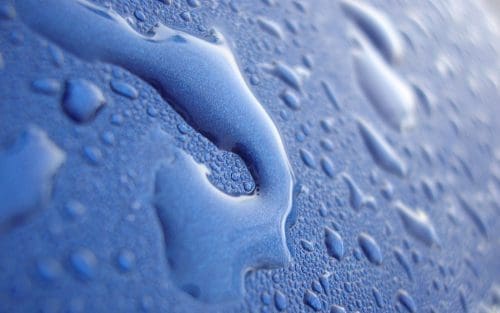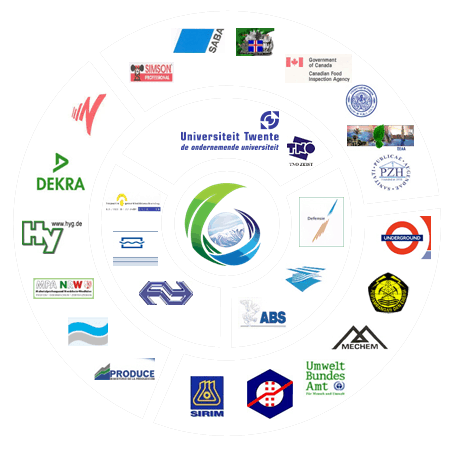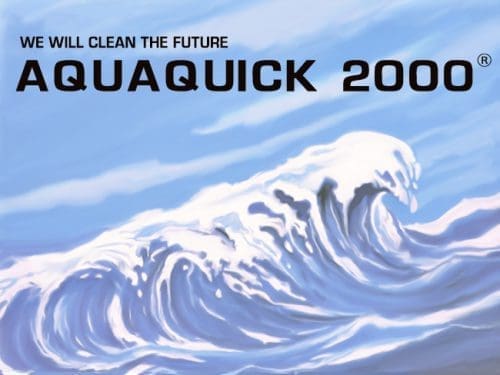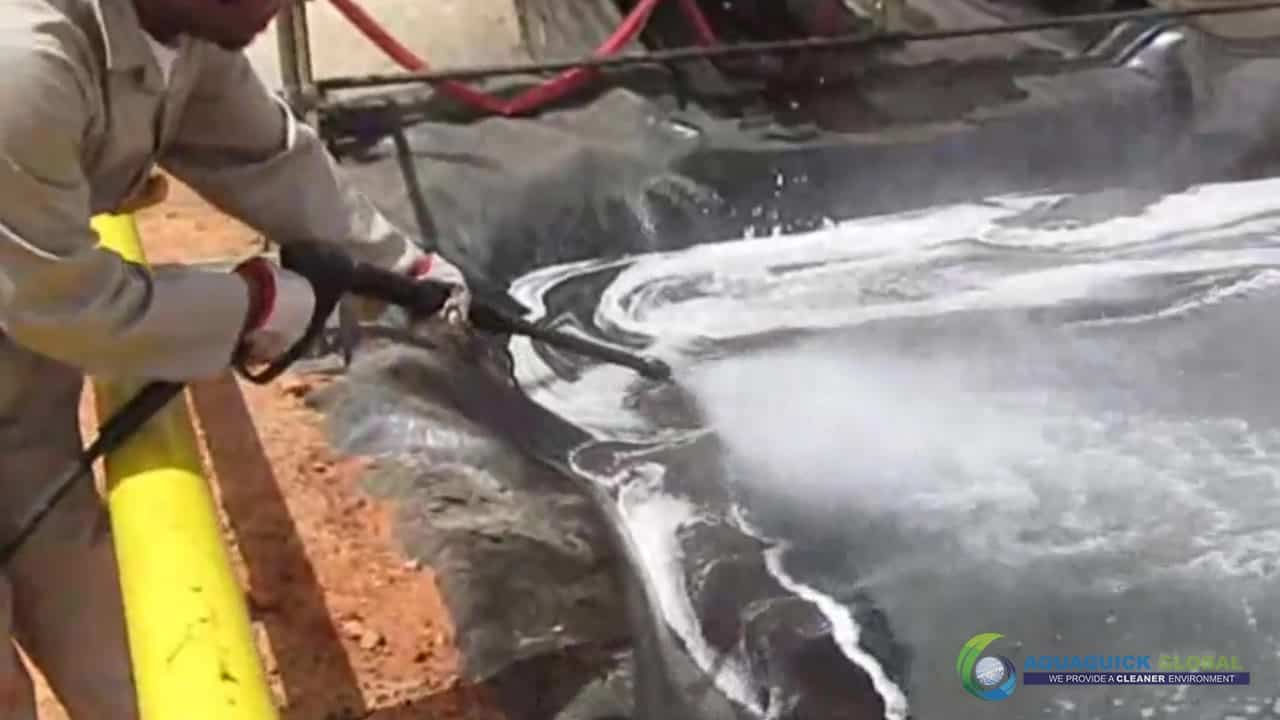Sludge buildup inside tanks is a universal challenge across many industries — from petroleum and shipping to food processing and wastewater management. Sludge reduces tank capacity, accelerates corrosion, contaminates new product, and complicates inspections. Fortunately, sludge removal doesn’t have to be hazardous, expensive, or environmentally damaging.
In this guide, we’ll explain how to approach nettoyage des réservoirs for sludge removal using AQUAQUICK 2000 — a non-toxic, coating-friendly cleaning agent that simplifies the entire process.
Understanding Tank Sludge
Sludge is typically a mix of:
- Settled solids (e.g., sand, rust, debris)
- Hydrocarbons or oils that have oxidized or thickened over time
- Microbial growth or chemical reactions in stagnant product
Sludge tends to accumulate at the bottom and along lower tank walls, where agitation is minimal and heat is low. Over time, it hardens and becomes sticky or rubber-like — making it resistant to normal flushing.
Why AQUAQUICK 2000 Is Ideal for Sludge Removal
Traditional tank cleaning products often rely on solvents or aggressive acids that pose health risks and can damage protective coatings inside tanks. AQUAQUICK 2000, by contrast:
- Emulsifies sludge without attacking metal, paint, or epoxy
- Is safe for humans and the environment
- Works with heat and pressure, but can also be used manually
- Helps break hydrocarbons into manageable waste for easy flushing or pump-out
Its action mimics how warm milk loosens thick peanut butter — it turns immovable sludge into a soft, pumpable liquid.
Step-by-Step Guide: How to Clean Sludge from Tanks Using AQUAQUICK 2000
1. Assess the Tank and Sludge Type
- Is the sludge soft or hardened?
- What is the product history (diesel, crude oil, motor oil, chemicals)?
- Can the tank be heated or accessed with pressure tools?
2. Prepare the Cleaning Solution
- Use a dilution of 1:15 to 1:25 for sludge cleaning.
- For very heavy sludge, you may apply AQUAQUICK 2000 undiluted to localized patches.
- Avoid over-diluting — 1:50 and weaker is not recommended for sludge.
3. Apply the Product
- Use a Butterworth system (rotating tank washer), spray lances, or simple manual sprayers.
- Ensure full coverage along the base and lower wall area where sludge builds up most.
- Let it soak for 15 to 30 minutes — longer for colder tanks or thicker sludge.
4. Use Pressure or Heat for Agitation
- Use water jets of up to 3500 PSI, which is safe for most tank linings.
- Hot water (60–90°C) enhances sludge breakdown.
- If no pressure system is available, use a stiff brush or broom for manual cleaning.
5. Flush or Pump Out the Emulsified Sludge
- Open bottom drain valves or use submersible pumps.
- Flush with clean water to remove remaining residue.
- Optional: repeat a second cycle for extremely contaminated tanks.
Tips for Optimal Results
- Heat is your friend: Higher temperatures dramatically improve cleaning speed.
- Time matters: Letting AQUAQUICK 2000 dwell is better than rushing with pressure.
- Pre-flush: Removing free product before cleaning improves access to sludge.
- Ventilate properly if workers must enter the tank manually.
Advantages Over Traditional Sludge Removal Methods
| Method | Risks / Drawbacks | AQUAQUICK 2000 Advantage |
|---|---|---|
| Acid-based cleaners | Corrosive, hazardous fumes | Non-toxic and non-corrosive |
| Manual scraping | Time-consuming, dangerous | Minimal manual labor needed |
| Solvent degreasers | Toxic, flammable, disposal concerns | Biodegradable and safe for disposal |
| High-pressure water only | Doesn’t emulsify sludge, clogs piping | Breaks down sludge for easy flushing |
Réflexions finales
AQUAQUICK 2000 simplifies one of the most difficult maintenance tasks in industrial operations: sludge removal during tank cleaning. By offering a safe, effective, and coating-friendly alternative to traditional chemicals, it reduces downtime, health risks, and cleaning costs — all while protecting your assets.
Whether you’re cleaning oil tanks, separator pits, or fuel reservoirs, following this step-by-step method with AQUAQUICK 2000 ensures your tanks stay in top condition, ready for their next cycle of use.

